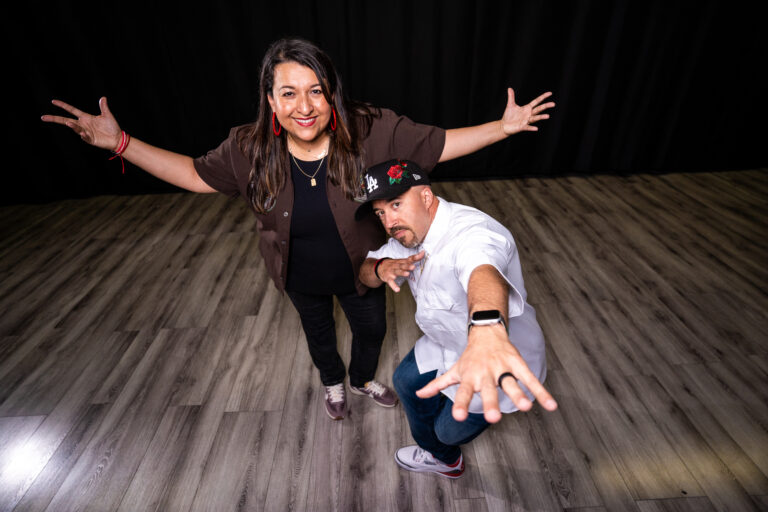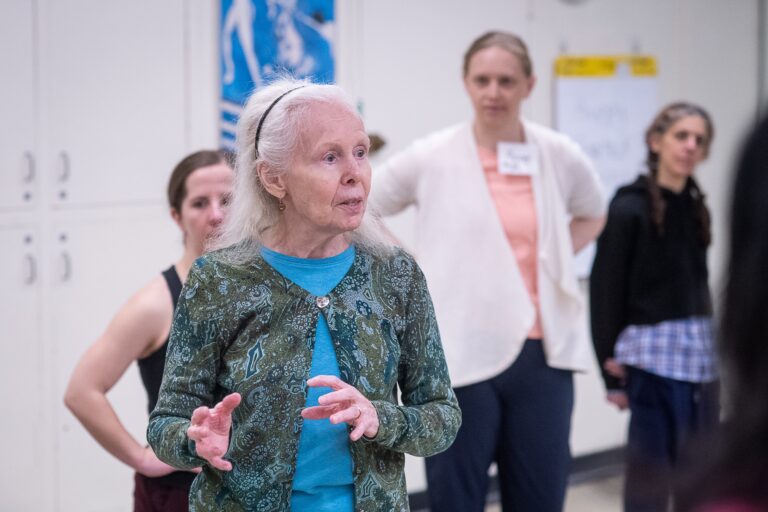In our March issue’s special section, “Training the Healthy Dancer,” we asked trusted movement experts one question: “If you had to limit your advice to one idea that could have a profound impact on the training of young dancers, what would it be?” Here’s what physical therapist Rocky Bornstein had to say.
“Every time a young dancer has an injury, the first thing I look at is her single-leg stance in parallel, because you can learn so much about what strategies she’s using for balance.
I think there’s a misunderstanding about the relationship of pelvis to the hips. The exploration of single-leg stance is about learning to put your pelvis on your legs. It’s the crux of growth for young dancers, the link between weight-bearing and locomotion.
A lot of teachers tell dancers not to sink into their hips. What that promotes—although it’s not intended—is for dancers, while standing on the left leg, for example, to use the right side of the back to lift the right pelvis up. So you end up tilted on the standing leg without moving the pelvis over that leg. Instead of using the hip muscles of the standing leg, they overuse the back on the other side.
In addition to causing sore back muscles, this weakens hip muscles and changes how force is distributed through the knee and foot. If your pelvis is lifted on the opposite side, you can’t possibly get the weight evenly distributed throughout the entire foot. You end up pushing hard with your toe and forefoot muscles to balance because you’re not adequately using the hip muscles, which would come in automatically if the body placement were better. It’s a common mistake.” —as told to Andrea Marks
Find the Basic Position
Step 1
1 Standing in parallel with feet under hips, second toe in line with the knee, make sure the breasts and the protruding points of the hip bones are level along two horizontal lines. The pelvic inlet points straight down. The pelvis should not be tucked under or tilted forward. Because of the size of the rib cage, the chest will be slightly in front of the pubic bone, bringing the shoulders over the hips. Check that the knees are not hyperex- tended. You need to know where a straight leg is without hyperextension. Weight goes 60 percent into the heel, 40 percent into the forefoot.
Step 2
2 Shift your pelvis toward one leg. Keep the waist and breasts level. Now the bottom of your pelvis shifts gently toward your standing ankle. Lift your other foot up behind you without changing the pelvis or flexing the hip. You can practice relevés and pliés here.
Don’t miss a single issue of Dance Teacher.
Photos by Kyle Froman




